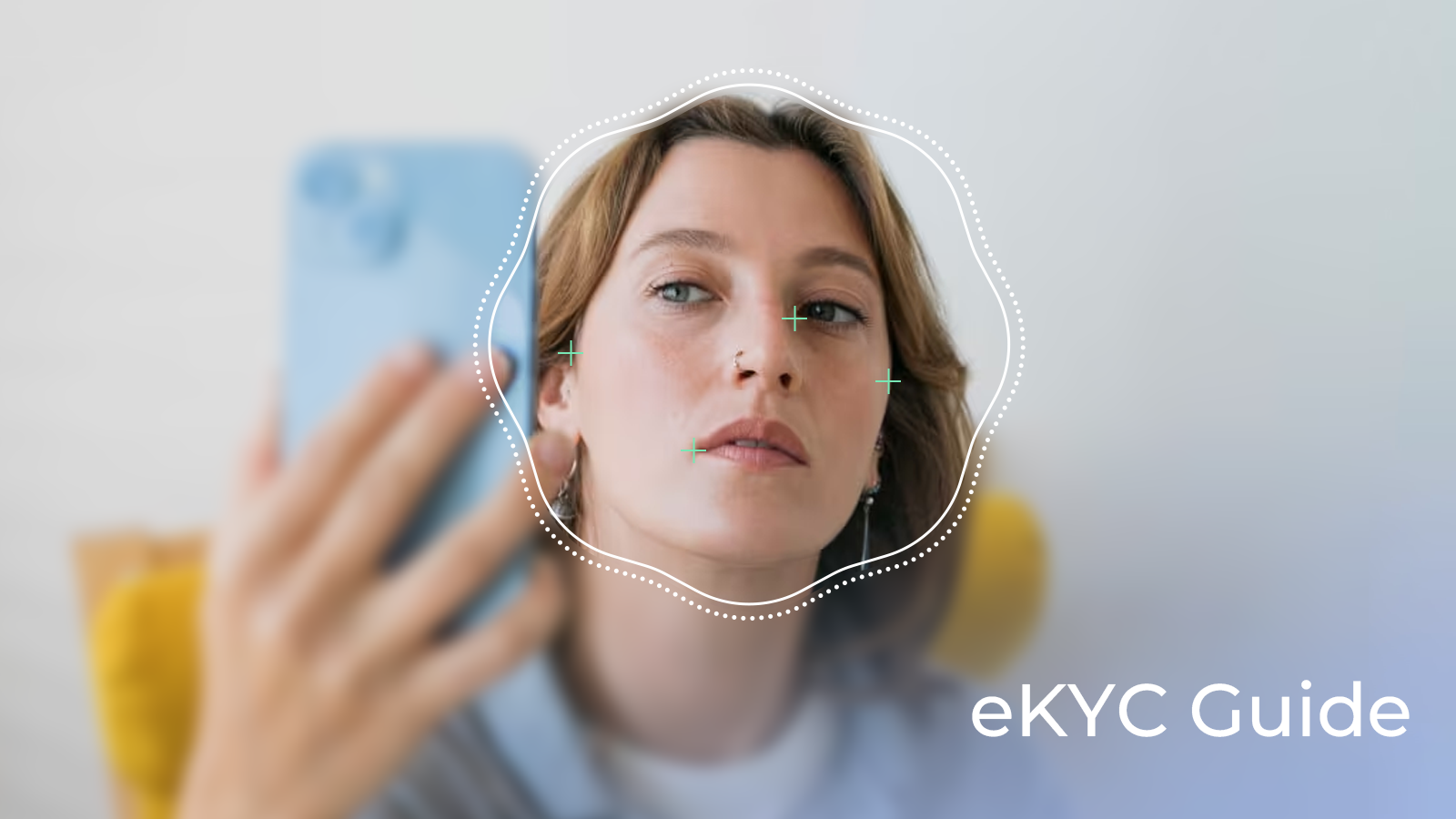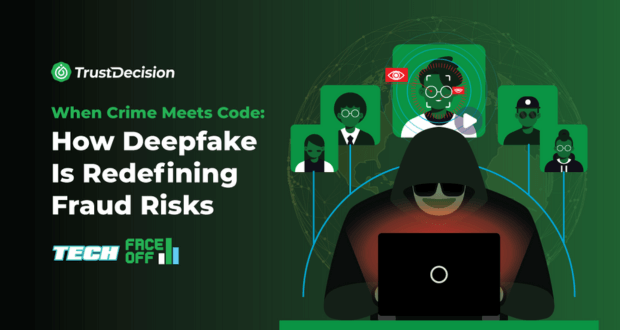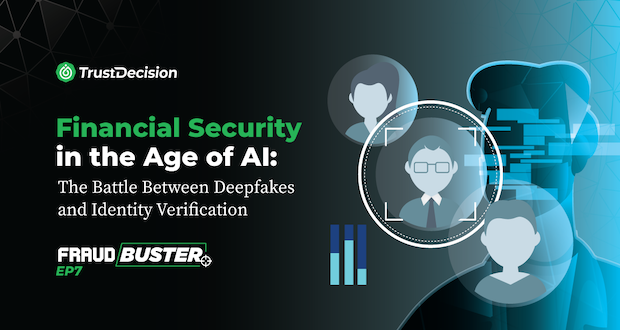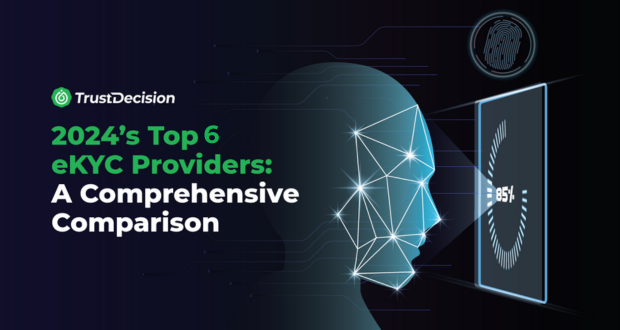Understanding Deepfakes
Deepfakes are synthetic media where a person in an existing image or video is replaced with someone else's likeness. These manipulations are created using deep learning algorithms, particularly Generative Adversarial Networks (GANs). Deepfake AI tools are software applications that leverage these algorithms to produce highly realistic fake content, making it increasingly difficult to distinguish between real and manipulated media.
The creation of deepfakes involves a two-part process using AI deepfake makers. First, in the training phase, the AI is trained on a large dataset of images or videos of the target individual. This training helps the AI learn the person's facial features, expressions, and movements in great detail. Once the AI has been sufficiently trained, it enters the generation phase, where it uses this knowledge to generate new, manipulated content. The deepfake tool swaps the target's face onto another person's body in a video or image, creating a seamless and realistic appearance that can be incredibly convincing.
Deepfake technology has a wide range of applications, both beneficial and harmful. In the entertainment industry, deepfakes are used to create special effects in movies and TV shows, or even to bring deceased actors back to life for new performances. In marketing, brands are leveraging deepfake technology for personalized advertising and customer engagement, creating highly tailored and interactive content. Additionally, deepfakes are being used in education and training to create realistic simulations that enhance learning experiences.
However, the misuse of deepfake technology poses significant risks. One of the most concerning applications is the spread of misinformation. Deepfakes can be used to create fake news or misleading political content, which can have serious implications for public opinion and democratic processes. Fraud and identity theft are also major concerns, as cybercriminals use deepfakes to impersonate individuals, leading to financial fraud and other malicious activities. Furthermore, deepfakes can be used for harassment and defamation, creating non-consensual explicit content that damages reputations and causes emotional distress.
Understanding the dual nature of deepfake technology—its potential for both beneficial and harmful applications—is crucial for developing effective detection and mitigation strategies. As deepfake technology continues to evolve, so too must our approaches to identifying and combating its misuse.
The Importance of Deepfake Detection
As deepfake technology becomes more sophisticated and accessible, the need for effective deepfake detection has never been more critical. For both businesses and individuals, the ability to identify and mitigate the risks associated with deepfakes is essential for maintaining trust, security, and integrity.
Why Deepfake Detection is Crucial for Businesses and Individuals
For businesses, deepfake detection is vital to protect against fraud and identity theft. Cybercriminals can use deepfakes to impersonate executives, manipulate financial transactions, or gain unauthorized access to sensitive information. This can result in significant financial losses, legal repercussions, and damage to a company's reputation. Additionally, deepfakes can be used to create misleading marketing materials or fake endorsements, undermining consumer trust and brand credibility.
Individuals are also at risk from the misuse of deepfake technology. Misinformation spread through deepfakes can influence public opinion, disrupt democratic processes, and incite social unrest. On a personal level, deepfakes can be used for harassment and defamation, creating non-consensual explicit content that can cause severe emotional and psychological harm. The ability to detect and counteract deepfakes is therefore essential for safeguarding personal and professional integrity.
Real-World Examples
The rise of deepfake technology has led to numerous incidents across various online platforms, highlighting the urgent need for effective deepfake detection. Financial platforms, including online banking and cryptocurrency exchanges, are at risk from deepfake technology. In online banking, deepfakes could be used to impersonate account holders, leading to unauthorized transactions or identity theft. On cryptocurrency exchanges, deepfakes may deceive users during identity verification processes, resulting in financial loss and compromised security. Robust deepfake detection tools are essential for protecting financial transactions and ensuring the integrity of identity verification processes.
The rise of remote work has brought video conferencing platforms into the spotlight, with deepfakes posing a new set of challenges. In video calls, deepfakes could lead to mistaken identities or unauthorized access to sensitive meetings. This can result in significant security breaches and loss of confidential information. Implementing deepfake detection measures is crucial for safeguarding virtual meetings and maintaining the security of remote work environments.
E-commerce and marketplace platforms such as Amazon and eBay are also vulnerable to deepfake-related fraud. On Amazon, deepfakes could be used to create fake seller profiles or reviews, affecting product credibility and consumer trust. Similarly, on eBay, sellers may use deepfakes to misrepresent products or their own identities, impacting buyer confidence. Effective deepfake detection is necessary to protect consumers and ensure the integrity of online marketplaces.
In conclusion, the real-world examples of deepfake incidents across various online platforms highlight the pervasive and multifaceted nature of this threat. From online banking to E-commerce, the ability to detect and mitigate deepfakes is crucial for maintaining trust, security, and integrity in the digital age.
How to Spot a Deepfake: Key Indicators and Techniques
Detecting deepfakes can be challenging, but there are several key indicators and techniques that can help identify manipulated content. One of the most common signs of a deepfake is inconsistent facial movements. Deepfake AI tools may struggle to accurately replicate natural facial expressions, resulting in unnatural or jerky movements. Additionally, irregularities in lighting and shadows can be a giveaway, as deepfake creators may not perfectly match the lighting conditions of the original footage.
Another technique for spotting deepfakes involves analyzing audio-visual synchronization. Deepfake videos often have slight mismatches between the audio and the speaker's lip movements, which can be detected through careful observation. Furthermore, artifacts and blurring around the edges of the face or in areas with fine details, such as hair, can indicate the presence of a deepfake.
Advanced deepfake detection tools leverage machine learning algorithms to analyze these and other subtle cues, providing a more reliable means of identifying manipulated content. By staying informed about the latest detection techniques and utilizing cutting-edge tools, businesses and individuals can better protect themselves against the growing threat of deepfakes.
In conclusion, the importance of deepfake detection cannot be overstated. As deepfake technology continues to evolve, so too must our strategies for identifying and mitigating its risks. By understanding the key indicators of deepfakes and employing advanced detection tools, we can safeguard our personal and professional lives from the potentially devastating impacts of this emerging technology.
KYC++: Combat Deepfake Risks for Your Business
In the face of escalating deepfake threats, businesses need robust solutions to safeguard their operations and maintain trust with their customers. TrustDecision's KYC++ is an advanced Know Your Customer (KYC) solution specifically designed to enhance identity verification processes. By leveraging cutting-edge AI and machine learning technologies, KYC++ provides comprehensive and accurate identity checks, ensuring that businesses can confidently verify the identities of their customers and mitigate the risks associated with deepfakes.
Advanced AI Algorithms
One of the standout features of TrustDecision's KYC++ is its use of advanced AI algorithms. These sophisticated algorithms are capable of detecting and preventing identity fraud, including the identification of deepfakes. By analyzing a wide range of data points and employing machine learning techniques, KYC++ can accurately distinguish between genuine and manipulated content, providing businesses with a reliable means of verifying customer identities.
High Data Accuracy With Fast Results
TrustDecision offers a robust anti-spoofing mechanism to detect altered or manipulated images, including document forging, deepfakes, AI-generated content, 3D masks, and photos/videos captured from other displays or printed materials. This verification process protects against digital hijacking and unauthorized control during the KYC process. With over 95% data accuracy in optical character recognition, the system can scan and return verification results in just 1 second, and optimize the accuracy of existing documents within 5 working days.
Full Protection With Multi-Layered Security
KYC++ prevents fraudulent activities that can be commonly missed through document verification and biometrics authentication. By implementing device fingerprint technology as part of the user onboarding flow, KYC++ can detect all kinds of risks. With a decade of deep analysis, the system has accumulated a global database of over 7 billion devices and processes more than 200 million daily active users. It effectively detects 95% of malicious software, risk labels, and tools, ensuring comprehensive protection for businesses.
In summary, TrustDecision's KYC++ is a powerful tool for businesses looking to combat the risks posed by deepfake technology. KYC++ offers a reliable and effective solution for enhancing identity verification processes. By adopting KYC++, businesses can protect themselves against identity fraud, maintain customer trust, and stay ahead of emerging deepfake threats.
Conclusion
In an era where deepfake technology is rapidly advancing, the importance of deepfake detection cannot be overstated. As deepfakes become more sophisticated and accessible, the potential for misuse in spreading misinformation, committing fraud, and compromising security grows exponentially. For businesses and individuals alike, the ability to identify and mitigate the risks associated with deepfakes is essential for maintaining trust, security, and integrity.
TrustDecision's KYC++ stand out for their robust anti-spoofing mechanisms, high data accuracy, fast results, and multi-layered security. By integrating these tools into their operations, businesses can effectively combat the threats posed by deepfake technology.
By taking proactive measures, businesses can protect themselves against identity fraud, maintain customer trust, and ensure the integrity of their operations.

.jpeg)







.jpeg)




